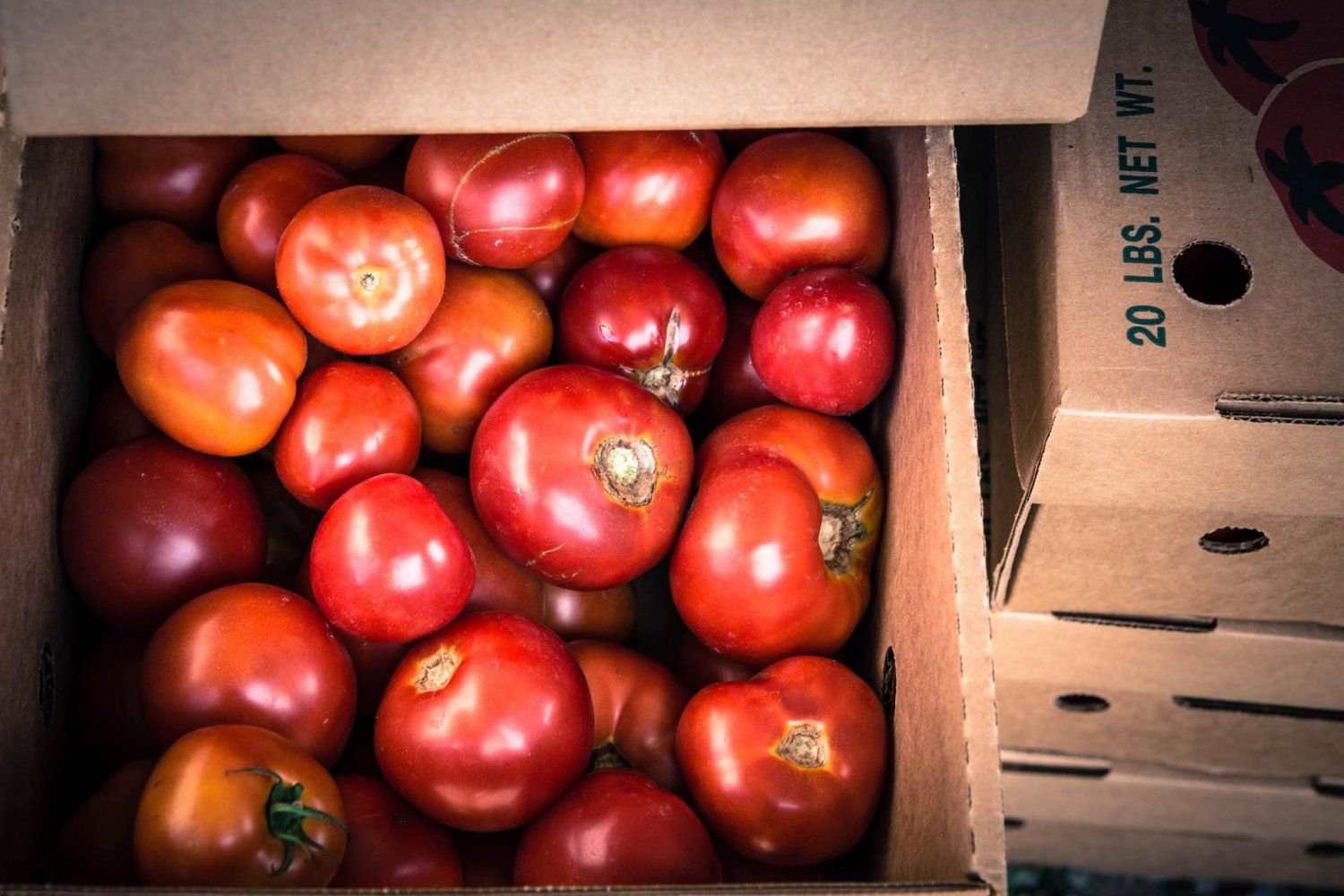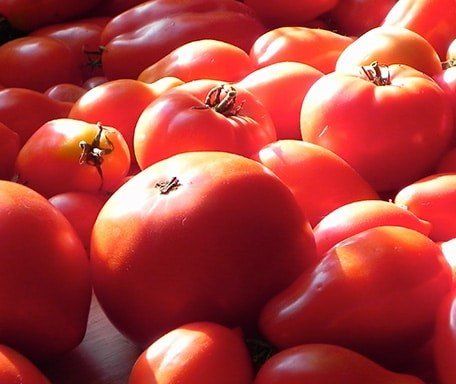Please bear in mind in the coming week that your share may not be exactly what we plan and you select in advance, especially on Tuesday and Wednesday, as we are not yet able to know what Henri is going to bring us on Sunday and Monday. As always, we are working hard to mitigate disaster as best we can, but we appreciate your patience and understanding as we reckon with another round of flooding rain and likely hurricane force winds. Be safe; take care of yourselves, take care of your neighbors; we are all in this together!
August is always a challenging month on the farm. Many of the summer crops are in full swing, the weeds are everywhere, and it's the last chance to get anything else into the ground for a late fall harvest. This year is no different, and has been coupled with coming out of record setting heat and violent rainstorms (not to mention the ongoing global pandemic ;-))

The winter squash is growing and starting to blossom and we hope those blossoms will survive the storm. The tomato blossoms are generally put on in the early part of the season and they are actually coming on nicely. Barring disastrous rain and wind, we expect that we will have the boxed tomato sale ongoing for the next few weeks.
Tomato time begins back in the early spring when tiny seeds are spread into flats and given their very first taste of our organic superfood-soil mix in the greenhouse. After the seedlings grow their first few leaves, they are then thinned and transplanted into individual cells. Once they are in their own cells, they grow stronger roots, feed off of the nutrients mixed in and created by the soil microbes, and grow taller.

Once the danger of frost is finally past, about the middle of May, the plants are moved into cold-frames, or “partial greenhouses” so that they can “harden-off” and get accustomed to the harsher conditions of the field before being planted into the black (or sometimes red) plastic mulch you read about a few weeks ago. After they have been hand-planted into rows, in a few weeks they will be ready for staking. Each oak stake between every two plants is driven in by hand and then the plants are tied into a “corral” of twine. This year we had to upgrade a few rows to metal stakes after the tropical storm knocked over entire rows full of heavy fruits.

The staking allows the plants to grow upright and keeps the fruits more accessible to the sunshine and the harvesters. The staking also keeps the leaves drier and less susceptible to diseases. Some varieties also need to be ‘suckered’ which involves plucking off the non-fruiting branches in order to focus the plants’ energy on the tomato. Each tomato starts as a little yellow flower that must be pollinated in order to produce the juicy fruits we enjoy. Some of our varieties are red, some are orange, and others are pink, green, yellow or even purplish-brown and indigo when ripe.

There are few crops as time and labor intensive as proper field-grown tomatoes, but they are the one crop that I personally cannot live without in the summer time!
Field ripened tomatoes, especially heirlooms, are fragile and have a relatively short shelf life and are best consumed within a few days. Tomatoes should be stored in a cool area of your kitchen, and not in direct sunlight. If a tomato develops a soft spot, you can usually still use it, if you cut around the spot and use it in a cooked recipe.




